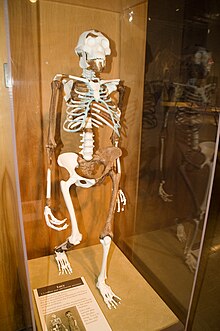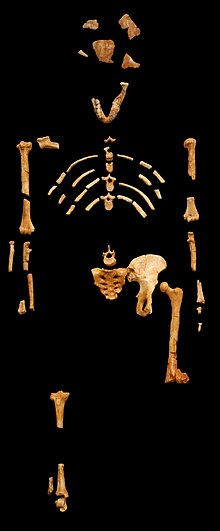The argument from darwinists is that if evolution is true then we should expect to see the chromosome fusion. I admit, it is a decent argument and does tie some knots for usFor example, how would non-TE theists answer the fused chromosome argument (referenced in the youtube link)? I've really never seen a satisfactory answer to that.
But it is always more difficult to untie a knot than to tie it. An expected prediction may certainly point to a truth, but isn't a truth itself. Anyone can show how this can fail. Darwinist's have tied knots with junk DNA (If Darwinism is true, then we would expect to see left over DNA/ junk) amongst other things, which eventually turned out to be not so convincing or false. But, so what. Untying the Knot never has the effect of tying it in the first place. People are still referring back to Haeckels embryos for Pete sake.
http://www.ideacenter.org/contentmgr/sh ... hp/id/1392To be more specific, the fusion-evidence implies that some of our ancestors likely had 48 chromosomes. But Miller has not provided any evidence that the individual with 48 chromosomes was historically related to modern apes. (I grant that our chromosome #2 has banding patterns similar to two ape chromosomes, but given that our chromosome structure is generally similar to that of apes anyways, it is not a stretch to assume that any 48 chromosome ancestor of modern humans might have also had a chromosomal scheme similar to that of apes, regardless of whether or not that individual was related to apes. Claiming that banding pattern similarities is evidence of common ancestry with apes simply invokes the “similarity = common ancestry” argument, and thus begs the question.) It is entirely possible that our genus Homo underwent a chromosomal fusion event within its own separate history. Under Neo-Darwinism, the common ancestor of humans and apes is thought to have lived about six million years ago. But under Miller's account, it is entirely possible that this chromosomal fusion event happened in a human population only 10,000 years ago,
So, yes there are answers for this argument. As always, depending on where you start determines how convincing the so called 'proof' to be.



